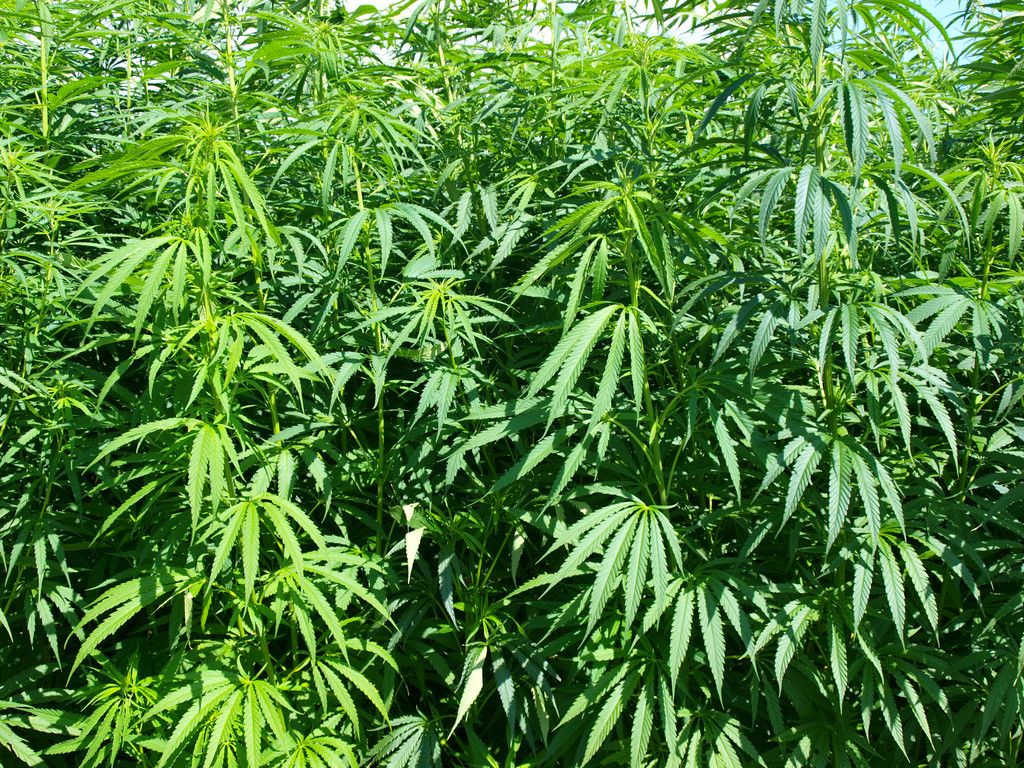The global hemp fiber industry is on track for explosive growth, with a new market analysis projecting its value will rise from $11 billion in 2024 to $36 billion by 2030.

According to data from MarkNtel Advisors, this growth—representing a compound annual growth rate of 22%—is being fueled by a mix of environmental pressures, legislative reforms, and demand for greener alternatives across multiple sectors.
Hemp fiber, derived from the stalks of the cannabis plant, is gaining momentum as a sustainable substitute for synthetic and heavily polluting materials. With applications spanning textiles, construction, bioplastics, and paper, its appeal lies in its strength, biodegradability, and low-impact cultivation. Asia-Pacific leads the global market, with China in particular dominating cultivation and exports thanks to its long history of hemp use and a lack of prior prohibition.
In North America and Europe, demand is surging as companies seek to decarbonize supply chains and meet eco-certification standards. The fashion industry, for example, is increasingly blending hemp with fabrics like cotton and linen, while the construction sector is embracing hempcrete for its carbon-negative properties.
The report also highlights how regulatory changes have contributed to market momentum. In the U.S., the 2023 Farm Bill and previous federal definitions distinguishing hemp from marijuana have encouraged investment and industrial expansion. Meanwhile, Japan has resumed limited hemp cultivation for research and fiber production.
Long (bast) fibers—used in products such as rope, textiles, and insulation—currently make up over 70% of the market. Textiles remain the top application segment, driven by hemp’s breathability, durability, and UV-resistant properties.
However, the market faces challenges. Regulatory inconsistencies between countries complicate trade, and high production costs—largely due to limited infrastructure and complex processing—continue to hinder adoption. Efforts to address these issues include investment in decortication technology, regional supply chains, and public-private partnerships.
Despite hurdles, hemp’s potential continues to expand. Its use in emerging technologies, such as hemp-based wearable electronics and automotive components, suggests the material’s role in shaping future industries may be just beginning.








